What Is A Monoblock Vs. Power Amps And Preamps
Why Amplification Matters in Audio Systems The Technical Roles Behind Sonic Precision
Amplification is the foundation of every high-fidelity audio systems. It determines how sound is shaped, delivered, and experienced. Without proper amplification, even the most advanced speakers or sources cannot perform to their full potential. Monoblocks, power amplifiers, and preamplifiers each serve distinct roles in the signal chain – from managing voltage levels to delivering current capable of driving speaker loads. These components are not interchangeable – each is engineered for a specific function that contributes to sonic clarity, dynamic range, and tonal balance. Understanding their roles is essential for designing audio systems that are both technically sound and emotionally compelling.
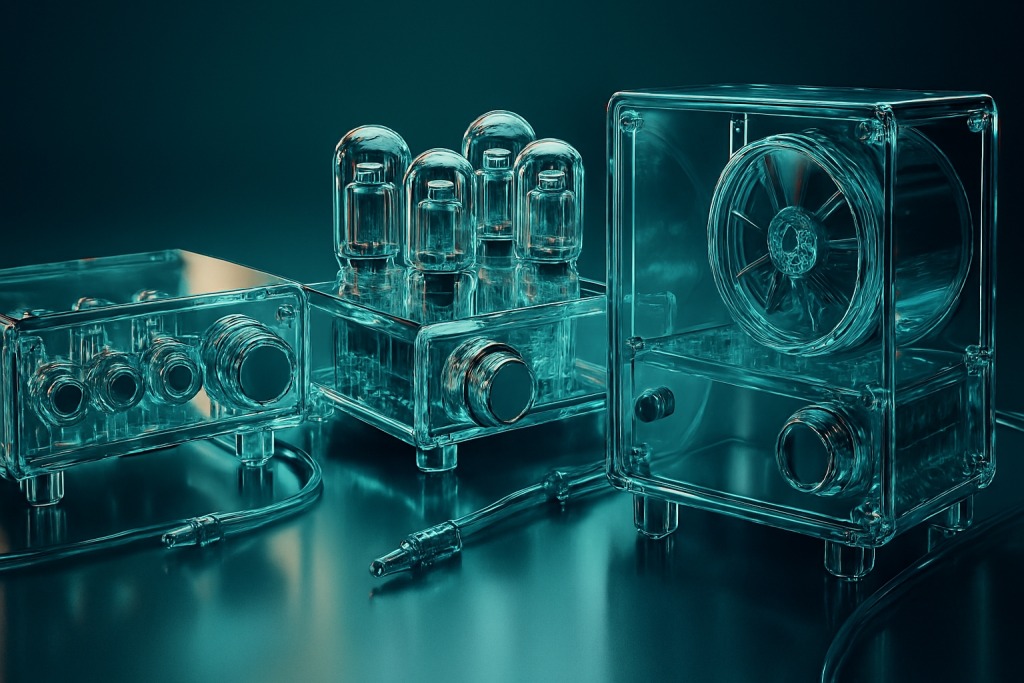
Audio Systems
Signal Flow and System Architecture In Audio Systems
Audio systems begin with a source – such as a DAC, turntable, or media streamer – which outputs a low-voltage signal. This signal is too weak to drive speakers directly and must be processed through a series of amplification stages. The preamplifier receives the signal first – adjusting volume, tone, and input selection. It outputs a line-level signal strong enough for the power amplifier to process. The power amplifier then boosts this signal into a high-current output capable of moving speaker drivers.
Monoblocks are specialized power amplifiers dedicated to a single channel – left or right – to eliminate crosstalk and improve separation. Each stage must maintain signal integrity – avoiding distortion, impedance mismatch, or noise. Cabling, grounding, and layout also affect performance. Understanding this architecture helps diagnose issues and informs upgrade decisions. It also ensures that each component operates within its optimal range.
Audio Architecture Sonic Precision – Monoblock Vs. Power Amps And Preamp
Preamplifier Function and Design
A preamplifier manages low-level signals from audio sources and prepares them for power amplification. It controls volume, input selection, and sometimes tone shaping. Active preamps include gain stages and buffering – while passive designs rely on source output strength. Many preamps include phono stages for turntables – boosting millivolt signals to line level. Impedance matching is critical – the preamp must interface cleanly with both source and power amp.
High-quality preamps preserve signal purity – avoiding coloration or distortion. Some include digital-to-analog conversion or network streaming – but in purist setups, simplicity often yields better fidelity. The preamp also isolates sources from the power amp – preventing overload or interference. Its role is foundational – shaping the signal before it reaches the amplification stage. Proper preamp selection ensures dynamic control, tonal accuracy, and system synergy.
Power Amplifier Output and Control
Power amplifiers convert line-level signals into high-current output suitable for driving speakers. They do not process input selection or tone – their sole function is amplification. Power amps are rated by wattage – but other specifications like damping factor, slew rate, and total harmonic distortion are equally important. A well-designed power amp maintains control over speaker drivers – especially in bass reproduction. It must handle impedance swings without clipping or overheating.
Stereo power amps drive two channels – while monoblocks handle one channel each. Bridged configurations increase output but may affect stability. Matching a power amp to speakers involves sensitivity, impedance, and room acoustics. Reliability, thermal management, and headroom are key for long-term performance. Power amps are the muscle of the system – translating voltage into motion.

Monoblock Amplifier Isolation and Precision
What Is A Monoblock – Monoblock amplifiers are single-channel power amps that isolate left and right channels into separate units. This separation eliminates crosstalk and improves stereo imaging. Monoblocks allow for better heat dissipation and simplified grounding. Each unit handles less internal load – improving thermal stability and reliability. Monoblocks can be placed closer to speakers – reducing cable loss and improving transient response. They often offer higher output ratings and superior channel separation. In high-end systems, monoblocks are preferred for their purity and modularity. They are ideal for bi-amping or driving demanding speakers. While more expensive, monoblocks reflect a commitment to sonic precision. Their design prioritizes clarity, control, and dynamic range. For critical listening environments, monoblocks offer unmatched performance.
Sonic Precision
Gain Structure and Signal Management
Gain staging refers to managing signal levels across components to prevent distortion and maintain fidelity. The preamp sets initial gain – while the power amp amplifies it further. Improper gain staging can lead to clipping, noise, or weak output. Each stage must match impedance and voltage levels to avoid loss. Balanced connections help maintain signal integrity – especially over long cable runs. Signal-to-noise ratio is a key metric – higher values mean cleaner sound.
Ground loops and RF interference can degrade signal quality – requiring careful layout. Passive preamps rely on source output strength – while active designs buffer and boost. Power amps must handle peaks without compression – preserving dynamics. Proper gain staging ensures the system performs at its full potential. It also protects components from overload or mismatch.
Impedance Matching and Load Stability
Impedance is the resistance a component presents to signal flow – measured in ohms. Matching impedance between preamp and power amp ensures efficient signal transfer. Speakers also have impedance ratings – typically 4 to 8 ohms – which affect power amp load. A mismatch can cause distortion, reduced output, or amplifier stress.
Power amps must be stable across impedance swings – especially with complex speaker crossovers. Damping factor measures amp control over speaker motion – higher values indicate tighter bass. Cable impedance also matters – especially in long runs or high-power setups. Balanced outputs help with impedance matching – reducing signal loss. Some amps offer switchable impedance settings – optimizing for different speakers. Understanding impedance helps prevent damage and ensures sonic consistency. It’s a key factor in system design and troubleshooting.
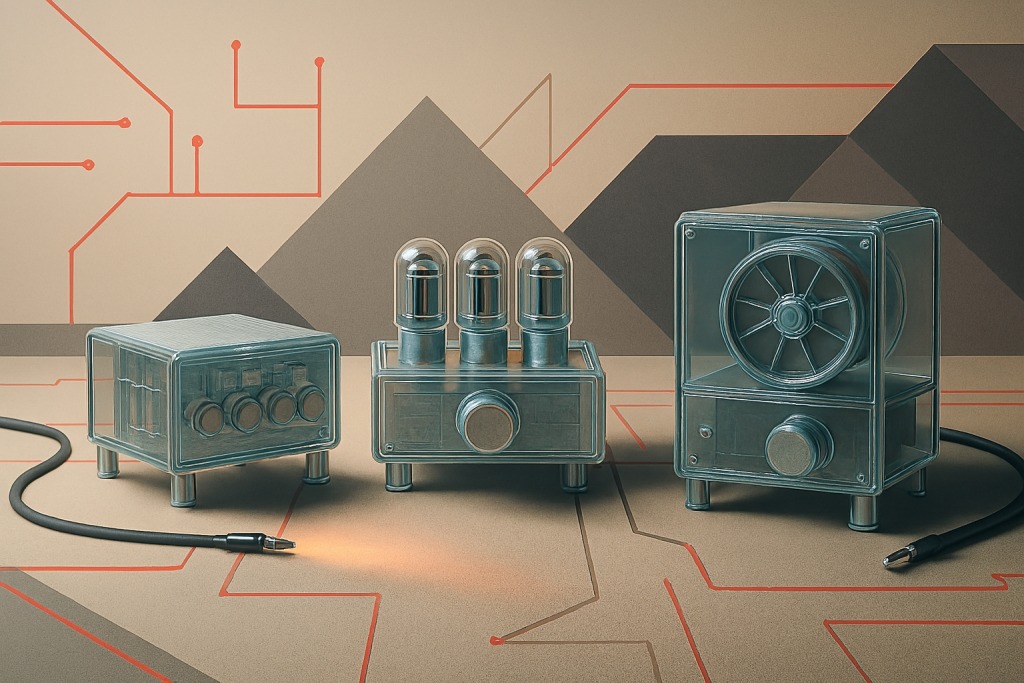
Thermal Management and Component Longevity
Amplifiers generate heat – especially power amps and monoblocks – which must be managed for longevity. Heat sinks and ventilation are critical design elements. Class A amps run hot continuously – while Class AB and Class D are more efficient. Thermal protection circuits prevent overheating – shutting down or reducing output when needed. Placement matters – amps need airflow and should not be stacked tightly. Monoblocks benefit from separate enclosures – reducing internal heat buildup. Fans may be used in high-power designs – but passive cooling is preferred for silence. Heat affects component lifespan – especially capacitors and transistors. Reliability depends on thermal stability – not just wattage. Regular maintenance includes dust removal and checking for heat damage. A cool-running amp performs better and lasts longer.
Amplifier Classes and Efficiency
Amplifier classes define how output devices conduct signal – affecting efficiency and sound. Class A amps conduct full-time – offering purity but low efficiency. Class AB amps conduct partially – balancing fidelity and power use. Class D amps use switching technology – highly efficient and compact. Each class has trade-offs – Class A is warm and detailed – Class D is cool and powerful. Monoblocks may use any class – depending on design goals. Class D is common in subwoofer amps – where efficiency matters most. Class AB dominates stereo power amps – offering good balance. Class A is reserved for boutique designs – prized for tonal richness. Understanding classes helps match amp to application. It also informs expectations around heat, size, and cost.
Balanced and Unbalanced Signal Paths
Balanced connections use three conductors – signal positive, signal negative, and ground – to reject noise. Unbalanced uses two – signal and ground – more prone to interference. XLR and TRS are common balanced connectors – RCA is unbalanced. Balanced is preferred for long cable runs or noisy environments. It improves signal integrity and reduces hum. Preamps and power amps may offer both – depending on design. Matching connection types avoids level mismatch or grounding issues. Balanced outputs often have higher voltage – requiring compatible inputs. In studio setups – balanced is standard – in home systems – it’s optional. Choosing connection type affects layout, noise floor, and flexibility.
Speaker Sensitivity and Amplifier Matching
Speaker sensitivity measures output per watt – higher values mean louder sound with less power. Matching amp power to speaker sensitivity ensures dynamic range and headroom. Low-sensitivity speakers need more power – risking distortion if underpowered. Overpowered amps can damage drivers if misused – but offer better control. Room size and listening habits also affect power needs. Monoblocks are ideal for low-sensitivity speakers – offering dedicated output. Power amps should exceed minimum requirements – allowing for peaks. Sensitivity affects tonal balance – especially in bass response. Matching involves wattage, impedance, and desired SPL. It’s a key factor in system synergy.
Crosstalk and Channel Isolation
Crosstalk is unwanted signal leakage between channels – degrading stereo imaging. Monoblocks eliminate crosstalk by isolating channels physically and electrically. Stereo amps may have shared power supplies or signal paths – increasing risk. Channel separation improves spatial clarity – especially in complex mixes. It’s measured in decibels – higher values mean better isolation. Crosstalk affects localization – making instruments blur or shift. Monoblocks offer superior separation – ideal for critical listening. Layout and shielding also affect crosstalk – especially in compact designs. Isolation improves realism and depth. It’s a key reason for choosing monoblocks.
Headroom and Dynamic Range
Headroom refers to the margin between average signal level and maximum output – allowing for peaks without distortion. Dynamic range is the span between the quietest and loudest sounds a system can reproduce – and both are shaped by amplifier design. Power amplifiers must have sufficient headroom to handle transients – especially in orchestral, cinematic, or live recordings. Preamplifiers also influence headroom – depending on gain structure and voltage output. Systems with limited headroom compress dynamics – reducing emotional impact and realism.
Monoblocks often offer greater headroom per channel – due to isolated power supplies and optimized circuitry. Dynamic range is affected by noise floor, distortion, and signal integrity – all of which are managed through careful component matching. Amplifiers with high dynamic range preserve subtle details and explosive peaks – enhancing immersion. Headroom also protects speakers from clipping and thermal stress. In mastering environments, dynamic range is critical for accurate monitoring. For home systems, it ensures lifelike playback across genres.
Damping Factor and Speaker Control
Damping factor is the ratio between amplifier output impedance and speaker load impedance – indicating how well the amp controls driver motion. Higher damping factors mean tighter control – especially in low frequencies. Power amplifiers with high damping factor prevent overhang or boominess in bass response. Monoblocks often achieve superior damping due to dedicated circuitry and shorter signal paths. Speaker impedance affects damping – lower impedance requires more control.
Cable resistance also plays a role – long or thin cables reduce effective damping. Damping factor is not a standalone metric – it must be considered alongside power output and speaker design. Overly high damping can sound dry or clinical – while low damping may result in loose or muddy bass. Matching amplifier damping to speaker characteristics ensures balanced performance. In subwoofer applications, damping factor is especially critical. It also affects transient response and articulation. Proper damping enhances realism and musicality.
Transient Response and Speed
Transient response refers to how quickly an amplifier reacts to sudden changes in signal – such as drum hits or plucked strings. Fast response preserves detail, attack, and rhythm – contributing to realism and engagement. Slew rate measures how fast voltage changes – higher values indicate better transient handling. Power amplifiers with high slew rate reproduce sharp transients without smearing. Monoblocks often excel in this area due to simplified signal paths and dedicated power supplies. Preamplifiers also affect transient response – especially in active designs with fast op-amps.
Transient accuracy is vital in genres like jazz, classical, and electronic music. Poor transient response results in blurred timing and reduced impact. Amplifier class affects speed – Class D designs are often fastest, though some Class A and AB models achieve excellent results. Cabling and layout also influence transient behavior. Fast response enhances rhythm, clarity, and emotional connection. It’s a key factor in amplifier performance.
Noise Floor and Signal Purity
Noise floor is the level of background noise in an audio system – measured in decibels below full output. Lower noise floors mean cleaner sound and better dynamic range. Preamplifiers contribute significantly to noise floor – especially in phono stages or high-gain circuits. Power amplifiers must maintain low noise even at high output levels.
Monoblocks often achieve lower noise due to isolated channels and reduced interference. Balanced connections help reject external noise – improving signal purity. Grounding and shielding are critical in minimizing hum and RF intrusion. Noise floor affects detail retrieval – especially in quiet passages or ambient recordings. It also influences perceived resolution and transparency. High-quality components and layout reduce internal noise. In studio environments, low noise floor is essential for accurate monitoring. In home systems, it enhances immersion and realism. Signal purity depends on noise control, distortion management, and clean gain staging.
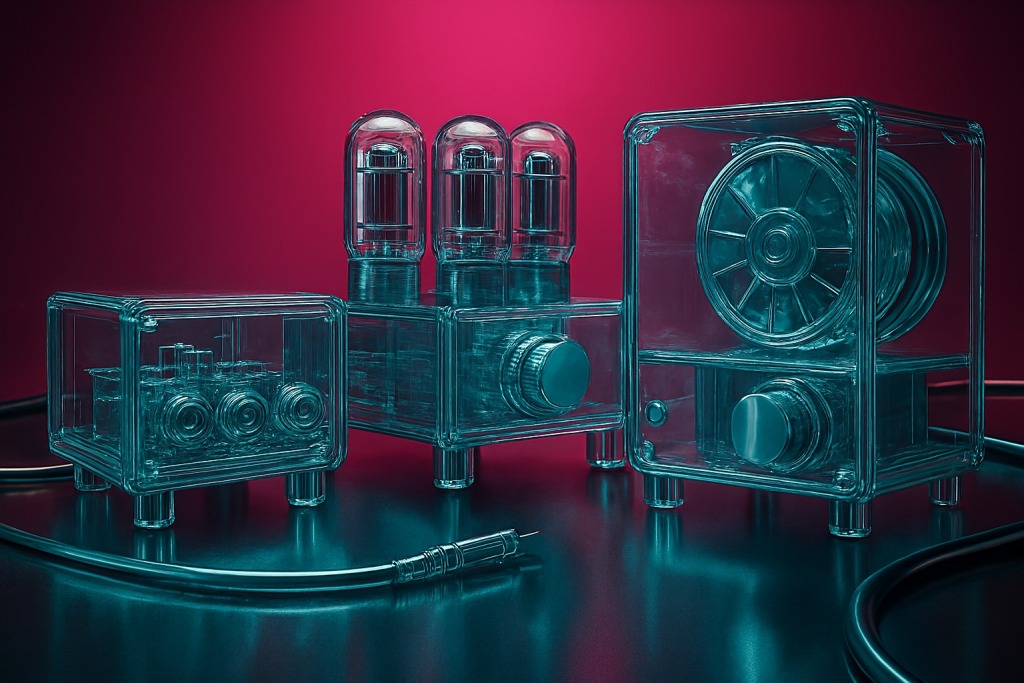
Modularity and System Scalability
Modular amplification systems allow users to upgrade, expand, or reconfigure components without replacing the entire setup. Monoblocks exemplify modularity – each unit handles one channel and can be added or replaced independently. Preamplifiers with multiple outputs support bi-amping or multi-zone setups. Power amplifiers with bridgeable channels offer flexible configurations. Modularity supports system growth – from stereo to surround or multi-room audio.
It also simplifies troubleshooting and maintenance. Users can tailor amplification to speaker needs, room acoustics, or listening preferences. Modular systems often perform better due to optimized signal paths and reduced interference. They also allow for aesthetic customization and space management. Scalability ensures long-term value and adaptability. It supports experimentation and refinement. In editorial AV setups, modularity enables hybrid configurations and sonic layering. It reflects a design philosophy focused on flexibility and precision.
Conclusion
Amplification is not a single function – it’s a layered architecture that shapes every aspect of sonic experience. Preamplifiers sculpt and manage the signal – power amplifiers deliver current and control – and monoblocks isolate channels for purity and precision. Each component plays a distinct role in preserving detail, dynamics, and emotional resonance. Understanding their functions allows users to design systems that are technically sound and artistically compelling.
From impedance matching to transient response, every specification matters. Amplifiers are not just tools – they are translators of voltage into emotion. Whether building a minimalist stereo setup or a complex editorial AV rig, clarity in amplification design leads to clarity in sound. This guide offers a factual foundation for deeper exploration and refinement. The goal is not just loudness – but presence, nuance, and truth in every note.
Join the Discussion
What’s your experience with monoblocks, power amps, or preamps – and how have they shaped your listening or editorial setups? Have you heard the diffeence between Monoblock Vs. Power Amp?
#AudioArchitecture #MonoblockPrecision #SignalIntegrity #PreamplifierDesign #PowerAmpControl #AVModularity #SonicLayering #ImpedanceMatching #DynamicRangeMatters #TransientResponse #NoiseFloorClarity #DampingFactor #BalancedSignalFlow #EditorialAVSystems #AmplificationExplained


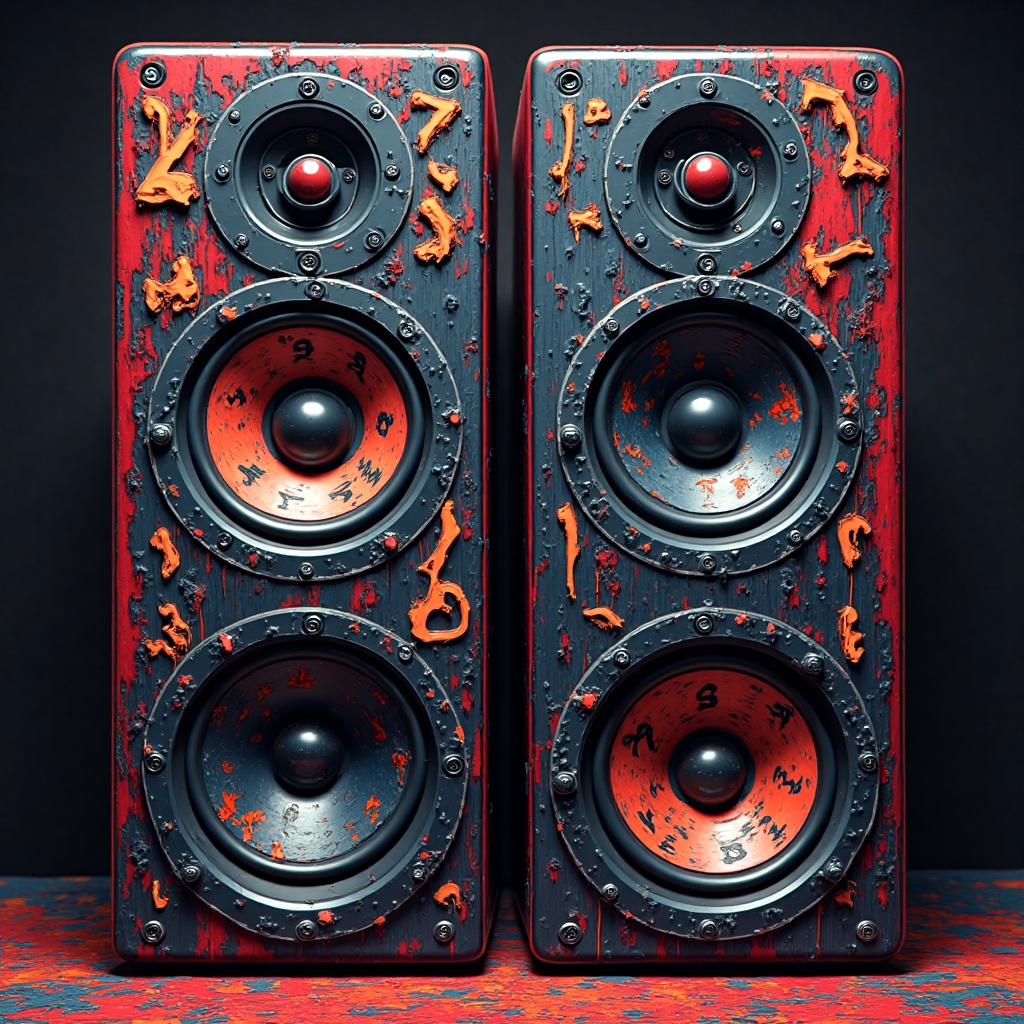

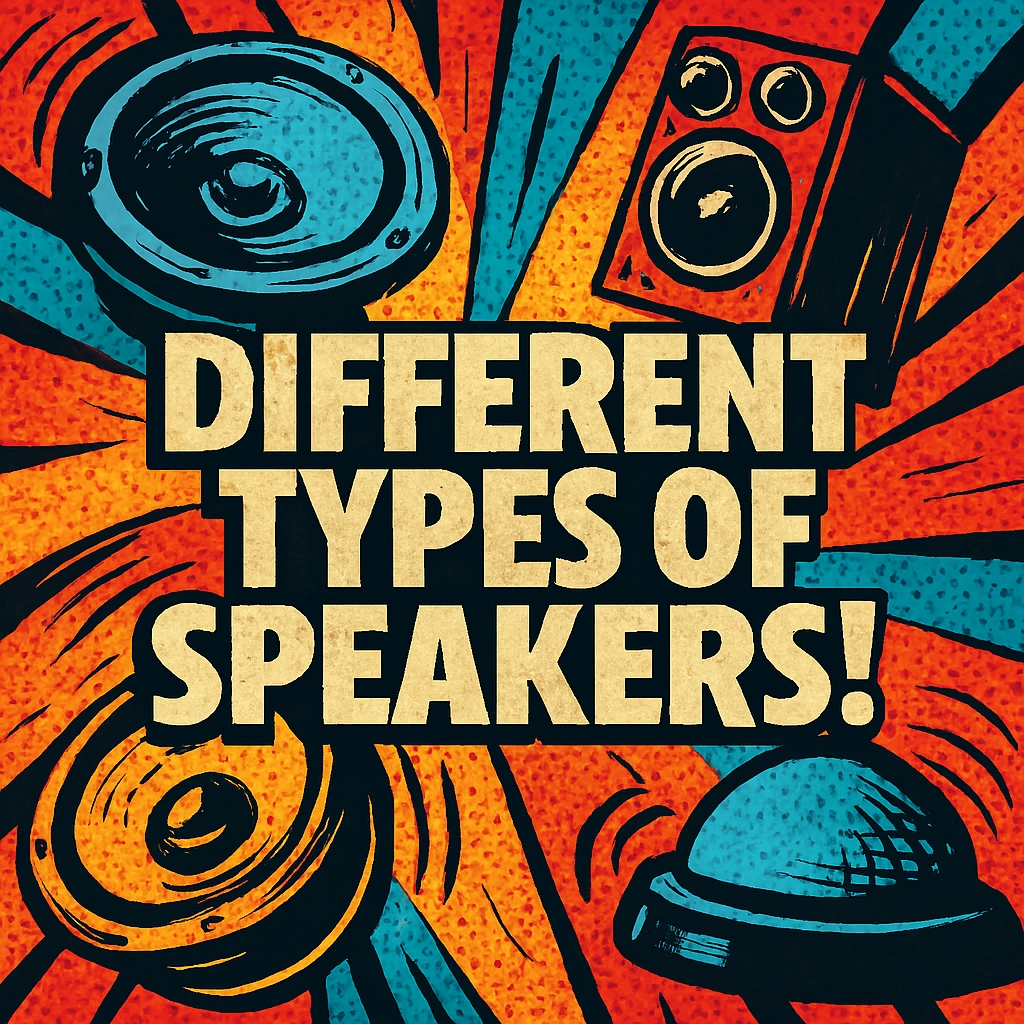
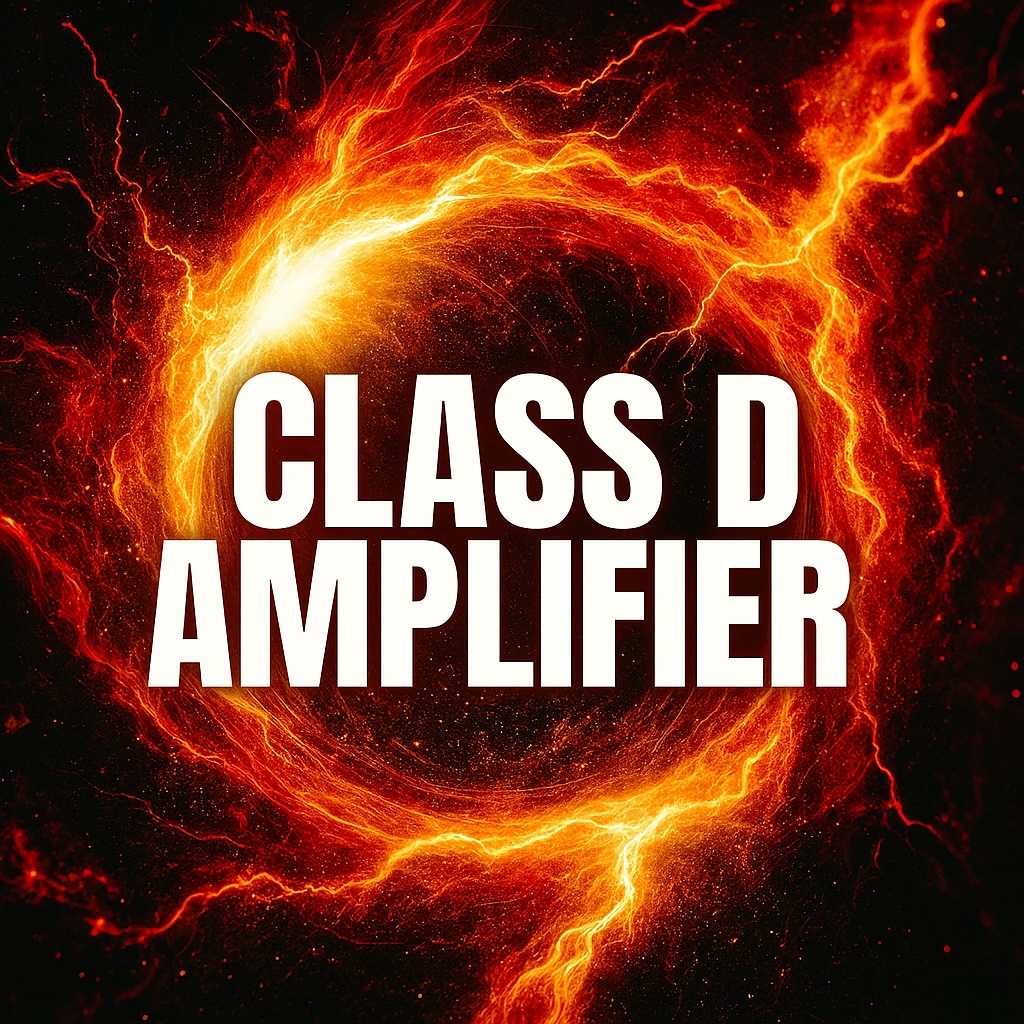
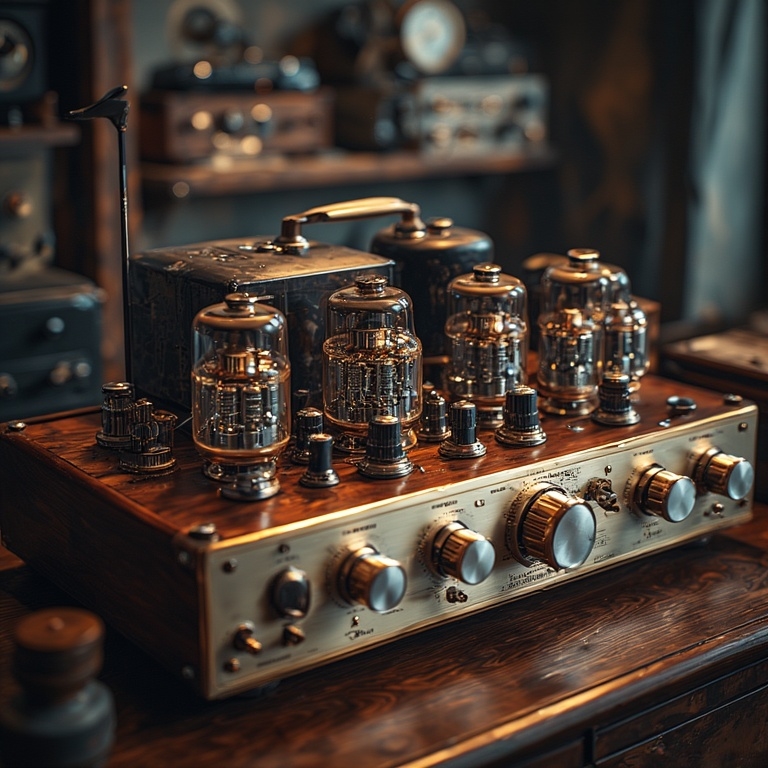



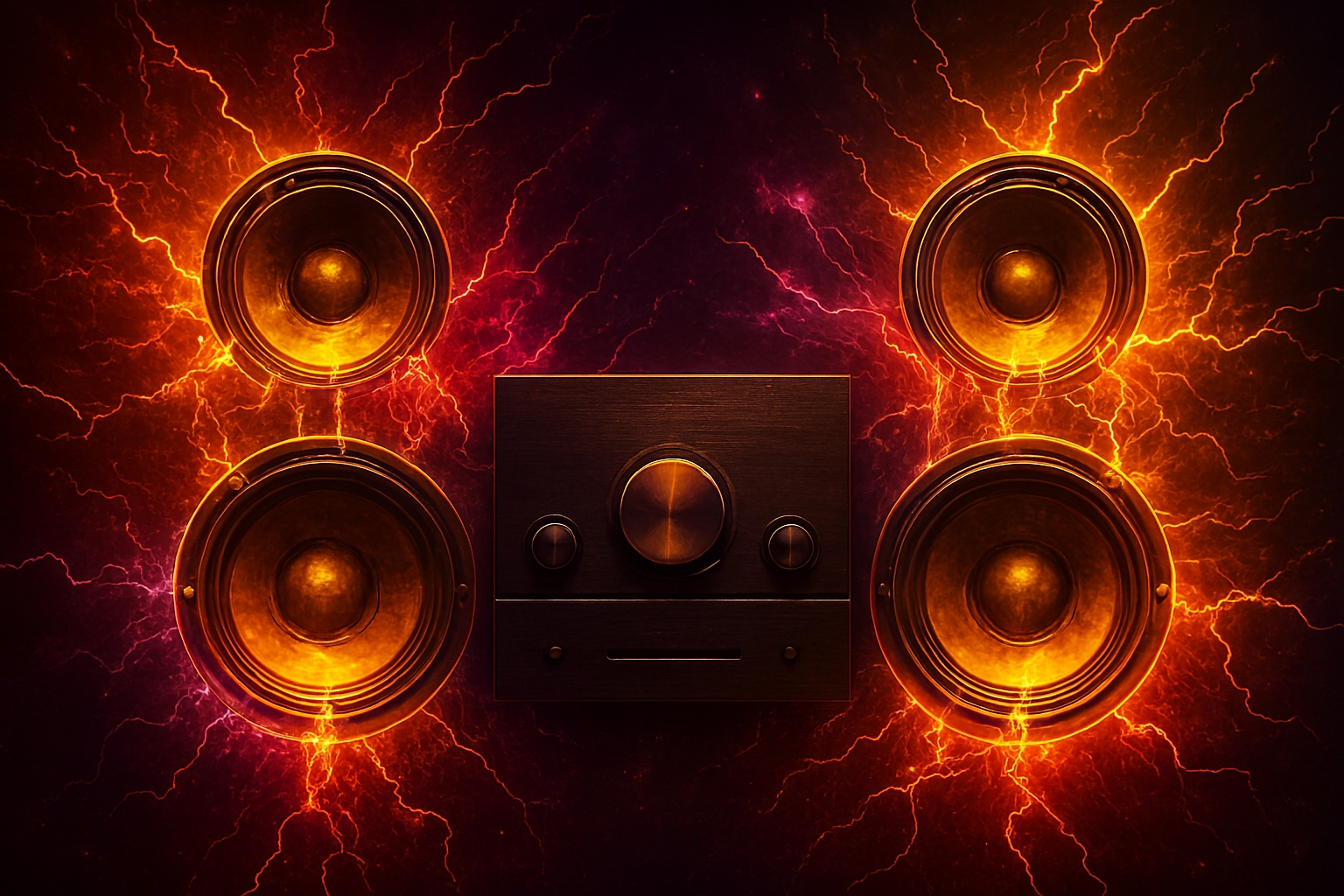


Leave a Reply